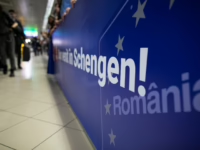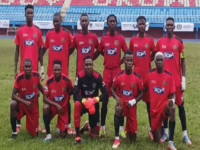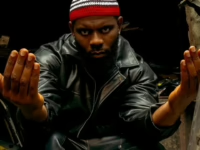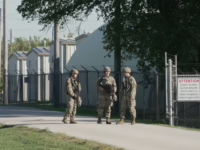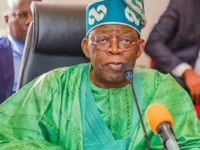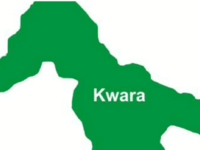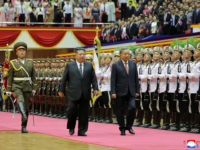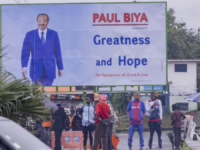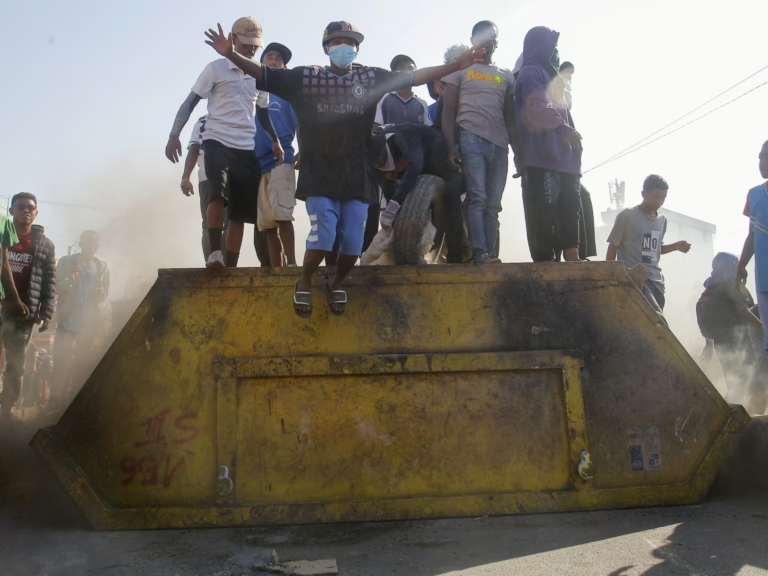Following the refusal of ‘Gen Z’ activists to accept President Andry Rajoelina’s peace efforts, protests escalate in Madagascar.
In Madagascar’s capital, over a thousand demonstrators opposing the government took to the streets, demanding President Andry Rajoelina’s resignation. Law enforcement responded with tear gas, stun grenades, and rubber bullets to break up the crowds.
This protest marks the third consecutive week of the most intense civil unrest the island nation has experienced in recent years.
Led by “Gen Z Madagascar,” a self-described “peaceful civic movement,” the initial grievances centered on frequent water and electricity outages. However, the movement quickly broadened to encompass widespread dissatisfaction with alleged corruption and favoritism within the government.
The Thursday rally followed calls from protest leaders for a nationwide strike and came after President Rajoelina’s efforts to ease the turmoil were firmly rejected by demonstrators.
Clashes erupted as police deployed tear gas and rubber bullets, prompting some protesters to retaliate by hurling stones.
According to AFP, tear gas released near a maternity hospital forced medical staff to relocate premature infants to safer areas within the facility.
Reports from AFP correspondents and local health organizations confirmed that at least four individuals sustained injuries from rubber bullets, while two others were hurt by stun grenade fragments.
Since the protests began on September 25, President Rajoelina, aged 51, has dismissed his entire cabinet. Earlier this week, he appointed military general Ruphin Fortunat Zafisambo as the new prime minister.
Despite persistent demands for his resignation, Rajoelina has accused his opponents of attempting to “destroy our country.” Protesters declined an invitation to negotiate with the president on Wednesday.
Rajoelina initially rose to power through a military coup in 2009, having campaigned on a platform of reform. He briefly stepped down in 2014 before winning the presidency again in 2018.
Systemic Challenges Underpinning the Crisis
Only about one-third of Madagascar’s 30 million residents have reliable access to electricity, according to the International Monetary Fund. Frequent power outages often last more than eight hours daily, with the state-run utility company Jirama facing accusations of corruption and poor management, intensifying public frustration.
Despite the island’s abundant natural resources, nearly 75% of its 32 million inhabitants lived below the poverty threshold in 2022, as reported by the World Bank.
Madagascar’s per capita GDP has declined significantly, dropping from $812 in 1960 to an estimated $461 in 2025, highlighting long-term economic challenges.
“We continue to face hardships,” said Heritiana Rafanomezantsoa, a participant in the Antananarivo march, speaking to AFP on Thursday. “The root issue lies within the system. Our quality of life has not improved since gaining independence from France.”
The country achieved full sovereignty from France in 1960.
Although the protests began peacefully on September 25, they escalated into violence after police used tear gas and rubber bullets to disperse crowds in Antananarivo. The United Nations reports that at least 22 people have died since the unrest started, either due to security forces’ actions or violence linked to the demonstrations. President Rajoelina has contested this death toll.
Legal proceedings are underway against 28 protesters, who have been formally charged, according to their attorneys as of Wednesday.



